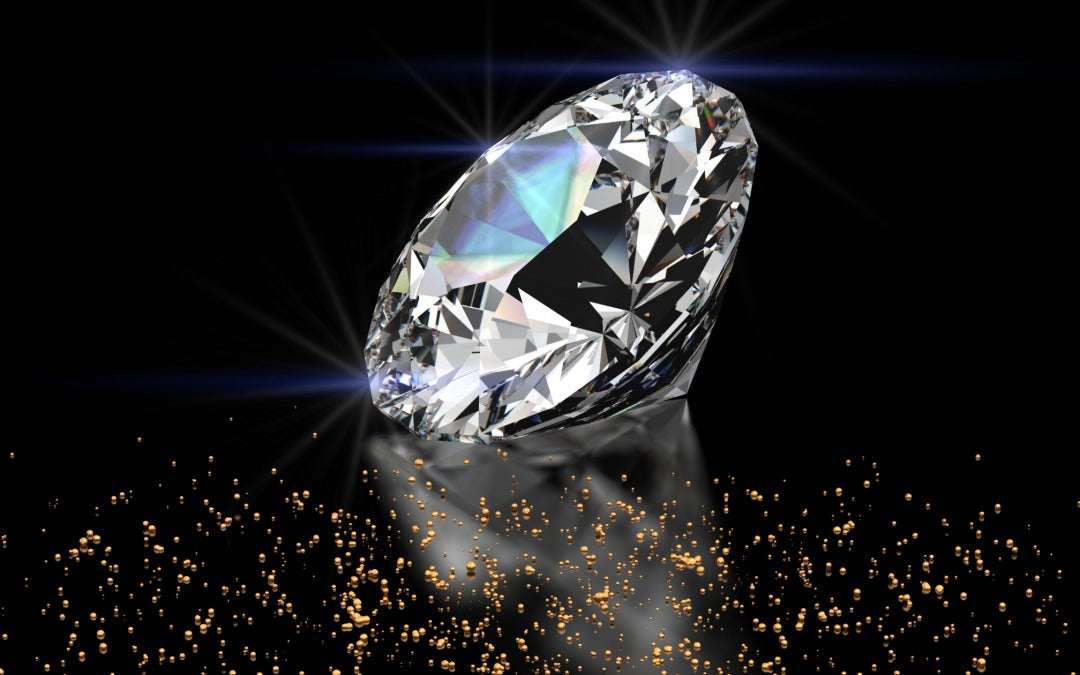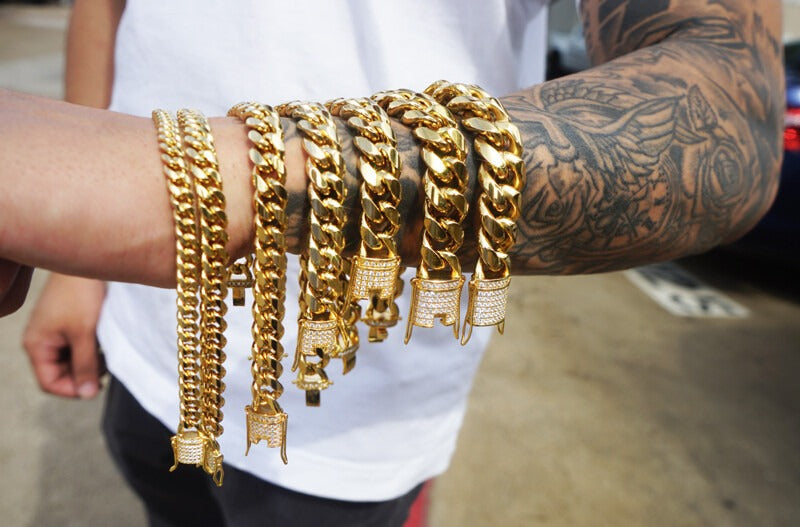VVS Diamonds: Meaning, Characteristics, and Buying Guide
August 11, 2025

If you’ve ever heard the term VVS diamonds in songs, jewelry ads, or watch promotions, you might be wondering—what’s the hype all about? These sparkling gems have earned a reputation for their exceptional clarity, beauty, and luxury appeal. From celebrity watches to high-end engagement rings, VVS diamonds are a symbol of elegance and prestige.
Understanding VVS Meaning
What Does VVS Mean?
VVS stands for Very Very Slightly included—a clarity grade used by gemologists to describe diamonds with extremely tiny inclusions that are almost impossible to see, even under 10x magnification.
Origin of the Term VVS
The clarity grading system was developed by the Gemological Institute of America (GIA) to standardize diamond quality. The term “VVS” is now widely recognized in both jewelry and pop culture.
What is a VVS Diamond?
Diamond Clarity Scale Overview
The GIA clarity scale ranges from Flawless (FL) to Included (I). VVS sits just below Internally Flawless (IF)—meaning these diamonds are almost perfect to the naked eye.
Where VVS Falls on the Scale
The order goes:
FL → IF → VVS1 → VVS2 → VS1 → VS2 → SI1 → SI2 → I1 → I2 → I3.
So, VVS diamonds are in the top three clarity grades, making them highly desirable.
Characteristics of VVS Diamonds
Clarity and Inclusions
VVS diamonds have microscopic inclusions that are invisible without specialized equipment, ensuring a clean and pristine look.
Sparkle and Brilliance
Because inclusions don’t block light reflection, VVS diamonds have an unmatched sparkle—perfect for jewelry that turns heads.
Durability and Longevity
With minimal flaws, these diamonds are structurally strong and can last for generations.
Types of VVS Diamonds
VVS1 vs. VVS2 Diamonds
- VVS1: Inclusions are located on the pavilion (bottom), making them even harder to detect.
-
VVS2: Inclusions are slightly more visible under magnification but still invisible to the naked eye.
Which is Better for Jewelry?
For engagement rings or centerpieces, VVS1 is often preferred. For smaller stones or pavé settings, VVS2 is a smart, cost-effective choice.
Why Choose VVS Diamond Jewelry?
Luxury Appeal
Owning VVS diamond jewelry is a status symbol—it reflects taste, elegance, and exclusivity.
Investment Value
VVS diamonds maintain strong resale value due to their rarity and high clarity.
VVS Diamonds in Watches
The Rise of VVS Watches
Luxury watch brands now feature VVS diamond bezels and dials, creating timepieces that are as much jewelry as they are functional accessories.
Popular Brands and Styles
Custom Rolex, Audemars Piguet, and Patek Philippe watches with VVS diamonds dominate the high-end market.
How to Identify VVS Diamonds
Certification and Grading
Always buy VVS diamonds with a GIA or IGI certificate to ensure authenticity.
Spotting Fakes
If a diamond is labeled “VVS” but sold at a suspiciously low price, it could be a simulated stone like cubic zirconia.
Buying Guide for VVS Diamonds
Understanding Price Factors
The price depends on carat weight, cut, color, and clarity. A VVS diamond will cost more than VS or SI grades.
Where to Buy (Online vs. Local)
- Online: Competitive prices and variety, but choose reputable sellers.
-
Local Jewelers: Personalized service and the ability to inspect the diamond in person.
Tips to Get the Best Deal
- Compare prices from multiple sellers.
- Consider VVS2 instead of VVS1 for budget savings.
- Don’t overspend on clarity if other factors like cut are compromised.
Caring for Your VVS Diamond Jewelry
Cleaning Tips
- Use warm soapy water and a soft brush.
-
Avoid harsh chemicals that can damage metal settings.
Storage Advice
Store separately in a soft pouch or jewelry box to prevent scratches.
Conclusion
VVS diamonds are the epitome of clarity, beauty, and prestige. Whether you’re investing in a sparkling engagement ring, a statement watch, or a timeless pendant, understanding what VVS means and how to choose the right stone will help you make a confident purchase.






